How did our ancestors keep cool in hot climates without air conditioners?
Air conditioners, as we know them now, have only been around for a hundred years or so, so how did ancient people keep cool without them?
Show key points
- Ancient civilizations relied on architectural innovations like jaali screens, thick walls, and shaded facades to regulate indoor temperatures without modern air conditioning.
- The jaali or grid design cooled incoming air through tiny holes, using the Venturi effect to reduce air temperature naturally.
- Radiant cooling was achieved with thick stone walls and water channels, allowing heat dissipation through thermal inertia and water flow.
- ADVERTISEMENT
- Outdoor shading techniques, such as overhanging balconies and jharokhas, minimized heat gain and kept semi-open spaces cooler.
- Aqueducts, fountains, and ponds served dual purposes of providing water and enabling evaporative cooling by interacting with hot air.
- Desert regions used wind catchers—structures that directed air through wet filters—to cool interior spaces based on local climate conditions.
- Stepped wells created cooler microclimates and served as communal spaces, combining water storage with passive temperature regulation.
Maintaining ideal ambient temperatures is not just a luxury, it is critical to survival. Today, we are equipped with the infrastructure, appliances, and even clothing that protects us from nature's vags, not to mention the imminent threats of global warming.
It is clear that in the history of humanity there was an age when it was not possible to harness electricity to power devices. However, civilization flourished then, giving us some of the most enduring elements of our societies, such as architecture and culture. In these same fields, we also find simple but profound lessons in thermodynamics, fluid mechanics and HVAC.
Recommend
In the past, HVAC systems were integrated into architecture, with very little reliance on equipment. Let's take a look at some of the scientific specifications and rules behind each of these systems.
The community
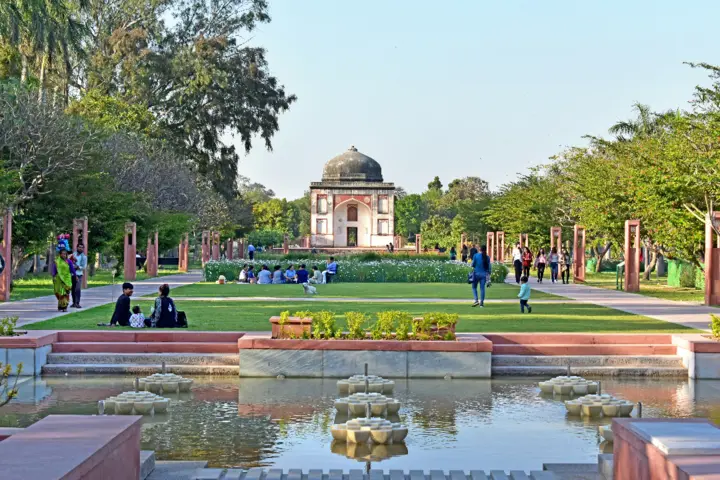
The Indian word Jaali (which can roughly translate as "grid") refers to a perforated frame of stone or wood installed in window openings. Its intricate design has a special aesthetic appeal, while at the same time protecting against sunlight and rain showers. But the most notable feature of the jali is its holes that cool the air when it enters through them.
Here's the experience. Open your mouth and blow on the back of your hand. Now do the same with your lips closer together, as if you were going to whistle with them. You'll probably notice that the temperature difference in the blown air is obvious; gripped lips blow cooler air!
This is a very simple application of the Venturi effect.
When air passes through a narrowing, it gains speed, which is compensated by a decrease in pressure. Since pressure and temperature are directly related, this subsequently leads to a decrease in temperature. In fact, the holes in the gali screen act as very small openings, stifling the airflow and reducing its temperature in the process.
Low temperature and excessive air speed help the interior space to reach a comfortable and thermally acceptable temperature. Due to the complex designs of the Gali grids and the use of materials such as stone and marble in their making, they were used primarily by wealthier families. There are familiar examples of Gali encountered in Indo-Islamic architecture, such as the Taj Mahal (in Agra in India) and Hawa Mahal (in Jaipur in India).
Thick walls with radiant cooling
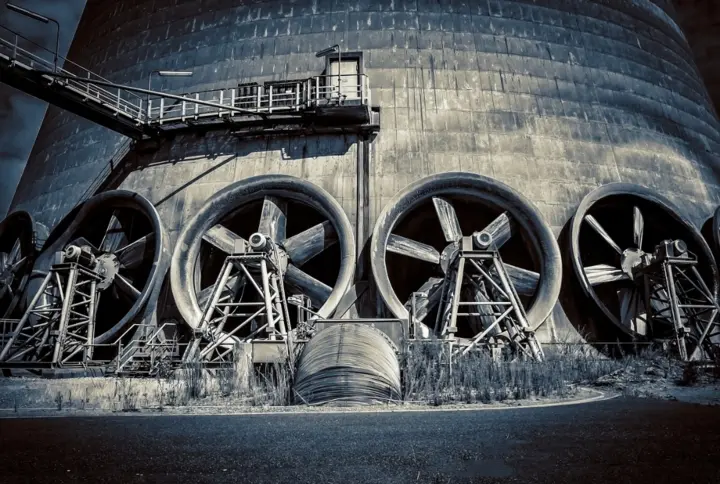
Radiant cooling means the loss of heat from an object to its surroundings by radiation. Thick walls in installations such as forts and castles have a greater amount of thermal inertia. By this we mean that they can absorb more heat that is radiated by objects and objects trapped inside them.
Thick walls are slow to absorb and release heat, making the situation uncomfortable at night. For this reason, the walls and floors of ancient palaces often contained hidden or exposed channels through which water could pass. The flowing water draws heat from the walls away from them, helping to keep these walls cool.
There are modern technologies using radiant cooling characterized by the presence of pipes inside the walls that hold very cold water. It has been observed that this alone reduces the costs (HVAC) of enterprises by up to 25% or more. Infosys, an IT giant in India, is known for adopting radiant cooling as an alternative to traditional HVAC systems.
Shading the house
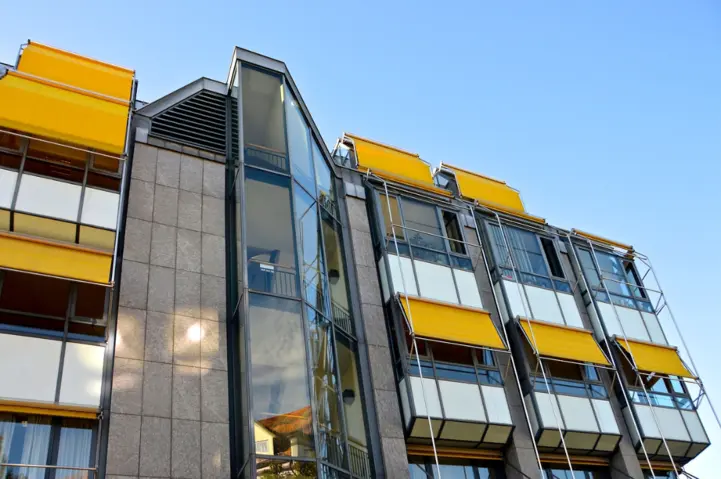
The outdoor shading of the house when well designed prevents the arrival of harsh sunlight during the afternoon. This reduces heat gain at the exterior surfaces of the house (windows and blank walls) and also ensures that ambient temperatures do not rise in semi-open and outdoor areas of the house.
Initially, this shading was done by the trees. But as technologies have evolved, shading has become possible through the use of an opaque board that runs through the house (seen above modern windows), through wide balconies that stretch out, or by perforated wooden awnings called perforated juggles. Examples of this are seen in Mughal architecture if we consider the jharokhas, in which we find spaces separated from each other, which reduces the temperature inside the room.
Aqueducts and water-related monuments
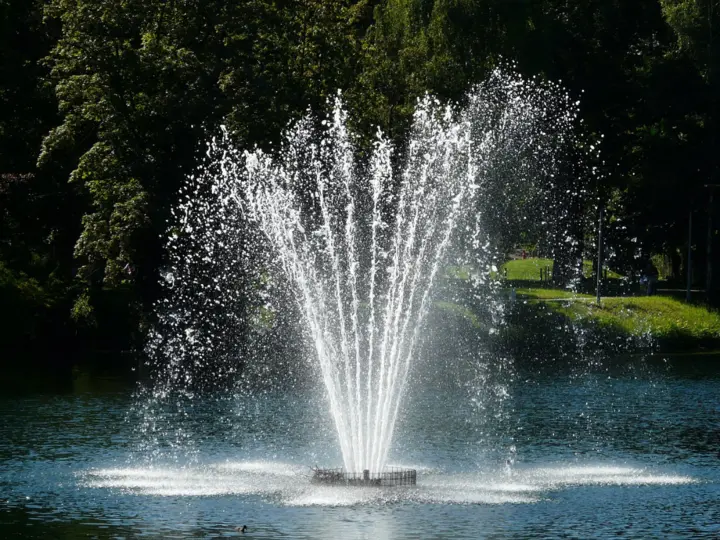
Aqueducts are complex networks of underground and surface channels intended for supplying water to an area. On the instructions of the Romans, these aqueducts provided water for domestic purposes as well as for temperature regulation. Water-related architectural monuments such as ponds and fountains that were common in architecture at that time received water from these canals.
These features are also built as simple means of heat exchange, cooling hot air as it enters from the front section of the building's courtyard. Hot air used to blow over ponds and through fountains, losing its heat by giving it to the water on contact. This is known as evaporative cooling. Water fountains, nets and ponds were used for cooling either alone or in combination with other methods.
Wind collectors
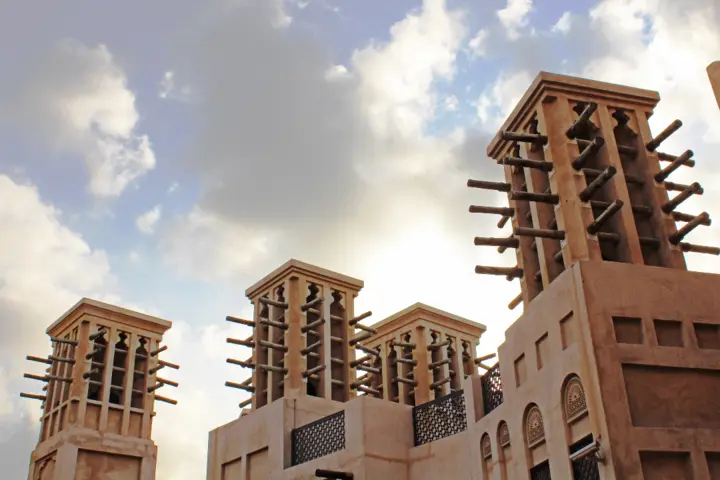
Originating in the deserts of the Middle East, wind catchers are a great example of how hot dry air can be manipulated to keep homes cool. As the name suggests, wind pickers are structural elements that protrude from the house, very similar to a chimney.
These urban structures have concave cavities and vents that face the wind and direct it into the house. The walls of the house absorb part of the heat of the wind due to thermal inertia. The bottom of the wind collector, which is located inside the house, directs the wind through wet barriers and dust filters, in order to reduce the temperature further.
The benefit of using wind pickers was something elite families shared with commoners. Local climatic conditions played a large role in their design and adaptation, making them unique to their regions. A great example of a traditional wind pickup is the Borujerdi House in Iran.
Stepped wells

Stepped wells have emerged in the arid regions of Gujarat and Rajasthan states in India for year-round water capture and storage. It is known for its peculiar reverse architecture, where stairs descend within the well to several floors below.
Stepped wells have their own microclimate. The bottom of the stepped well located near the water reservoir is several degrees cooler than the surface. The funnel-like transverse part of the well prevents any excessive water loss due to evaporation, while also providing shade from harsh sunlight.
Not surprisingly, the stepped wells became places of social gathering, providing not only water, but also a place to rest from the extreme heat of arid regions. While most of the stepped wells no longer exist, architects and designers are seeking to revive them as modern, energy-efficient solutions for water storage and temperature control. Some great examples of stepped wells include Agrasen Ki Baoli in Delhi and Adalaj Ni Vav in Ahmedabad in India.

Here's this "cool" trick "about cooling". In the absence of an air conditioner or fan, you can cool yourself quite easily. The trick is to cool the points where the pulse is defiled, such as the wrists and sides of the neck, using water or even a damp cloth.








